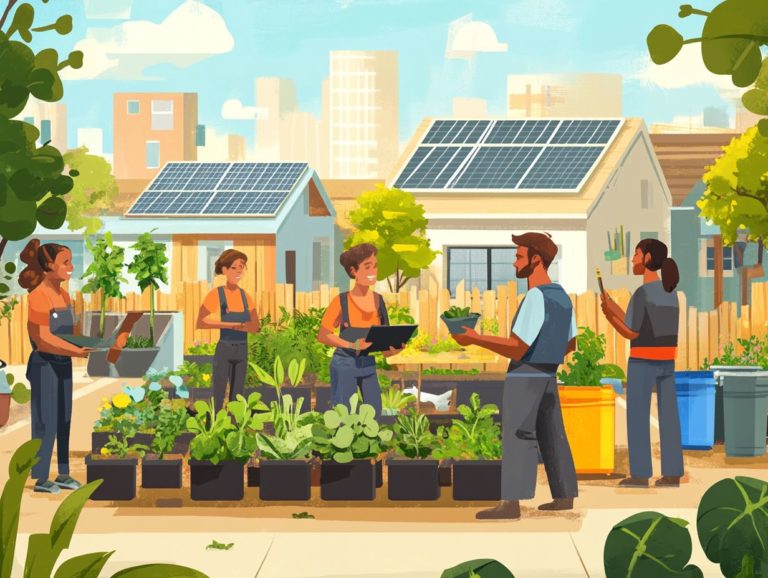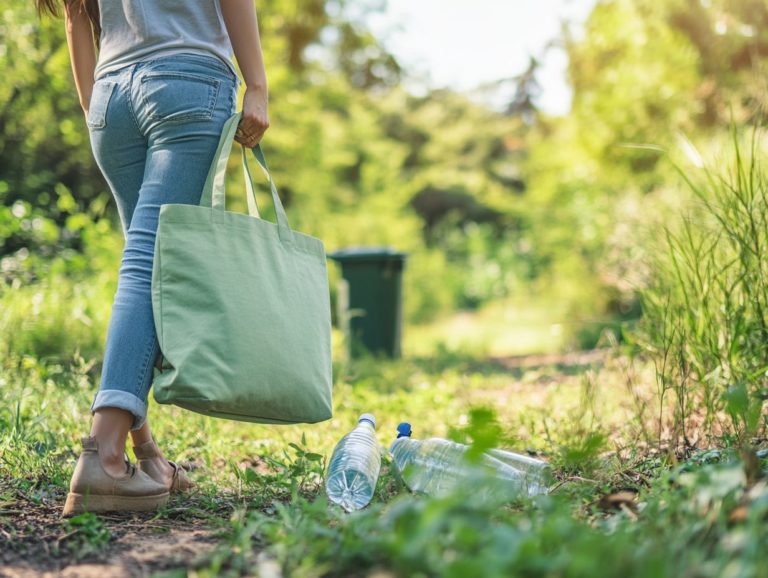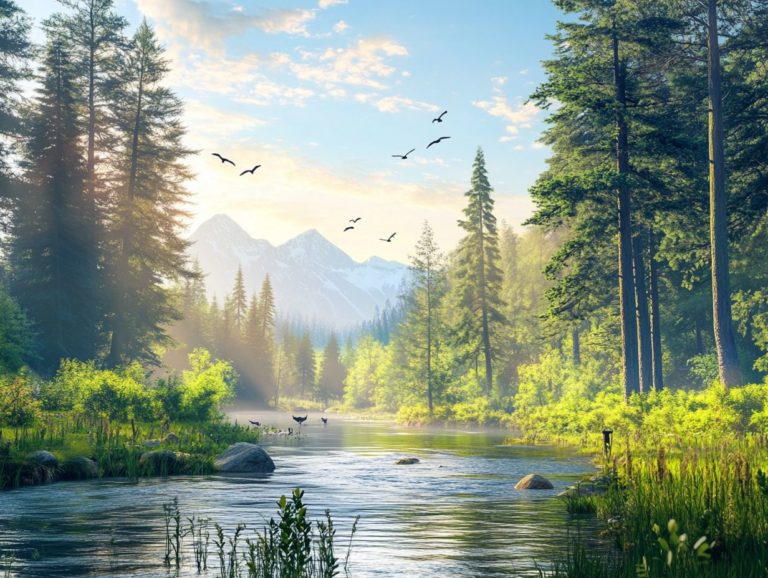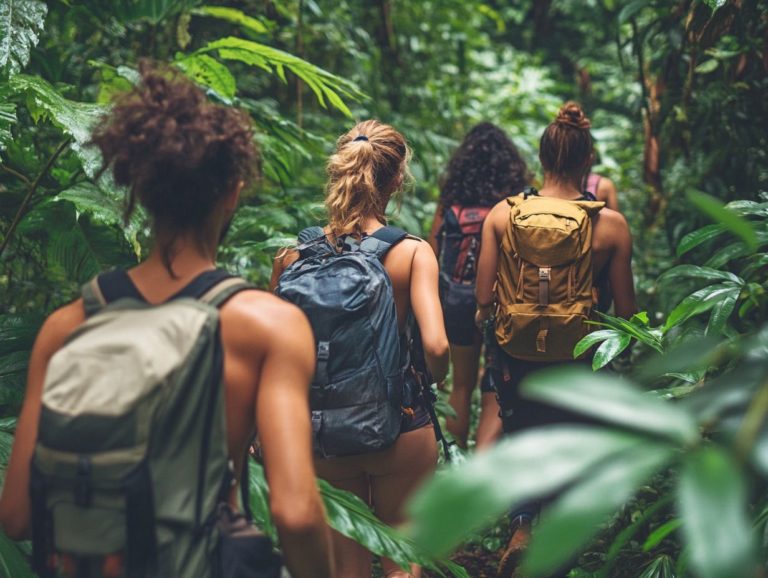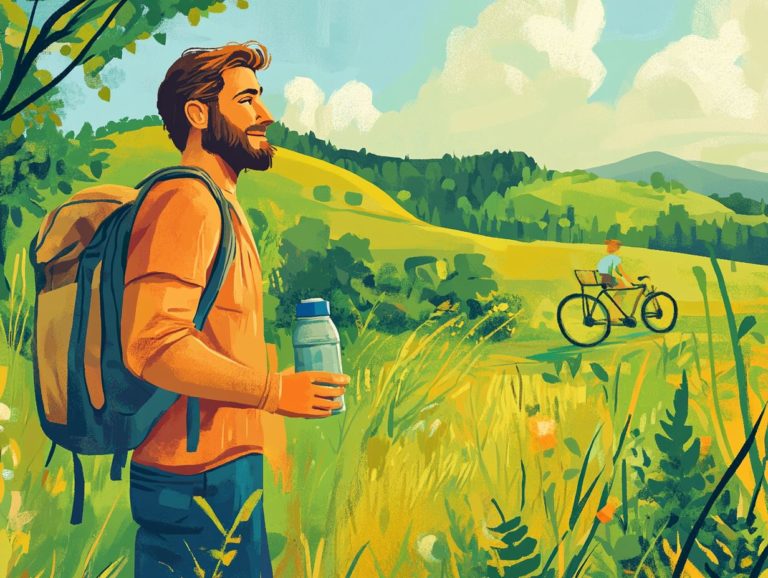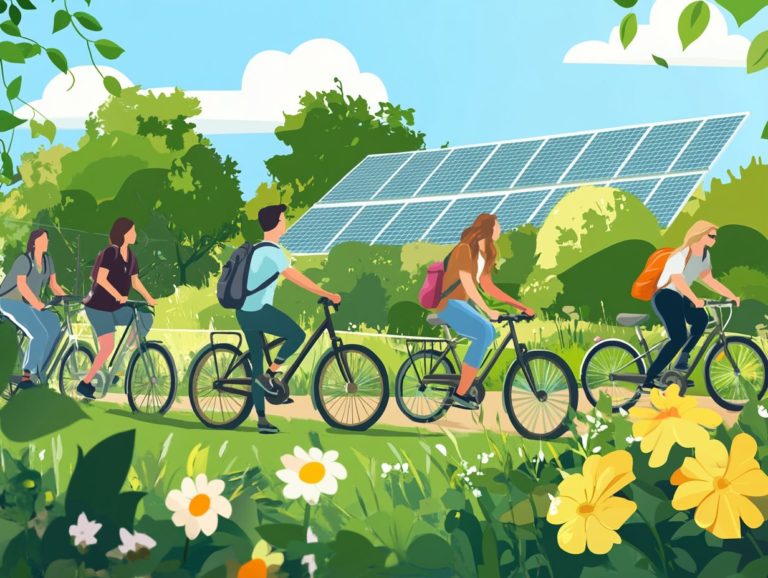What Should I Know About Traveling in Protected Areas?
Traveling in protected areas offers a unique and enriching experience, allowing you to connect with nature while actively supporting conservation efforts.
This article delves into the diverse types of protected areas, including national parks and wildlife refuges. It outlines the essential rules and regulations that every visitor should adhere to.
You’ll find important precautions to ensure your safety and minimize your environmental impact discussed in detail.
Whether you re a seasoned traveler or embarking on your first adventure, grasping these aspects will elevate your experience while honoring the land you explore.
Contents
- Key Takeaways:
- Why Protected Areas Matter
- Types of Protected Areas
- Rules and Regulations for Visiting Protected Areas
- Precautions for Traveling in Protected Areas
- Responsible Tourism in Protected Areas
- Frequently Asked Questions
- What should I know about traveling in protected areas?
- Why are protected areas important?
- What activities are allowed in protected areas?
- What activities are not allowed in protected areas?
- How can I be a responsible traveler in protected areas?
- What should I do in case of an emergency in a protected area?
Key Takeaways:
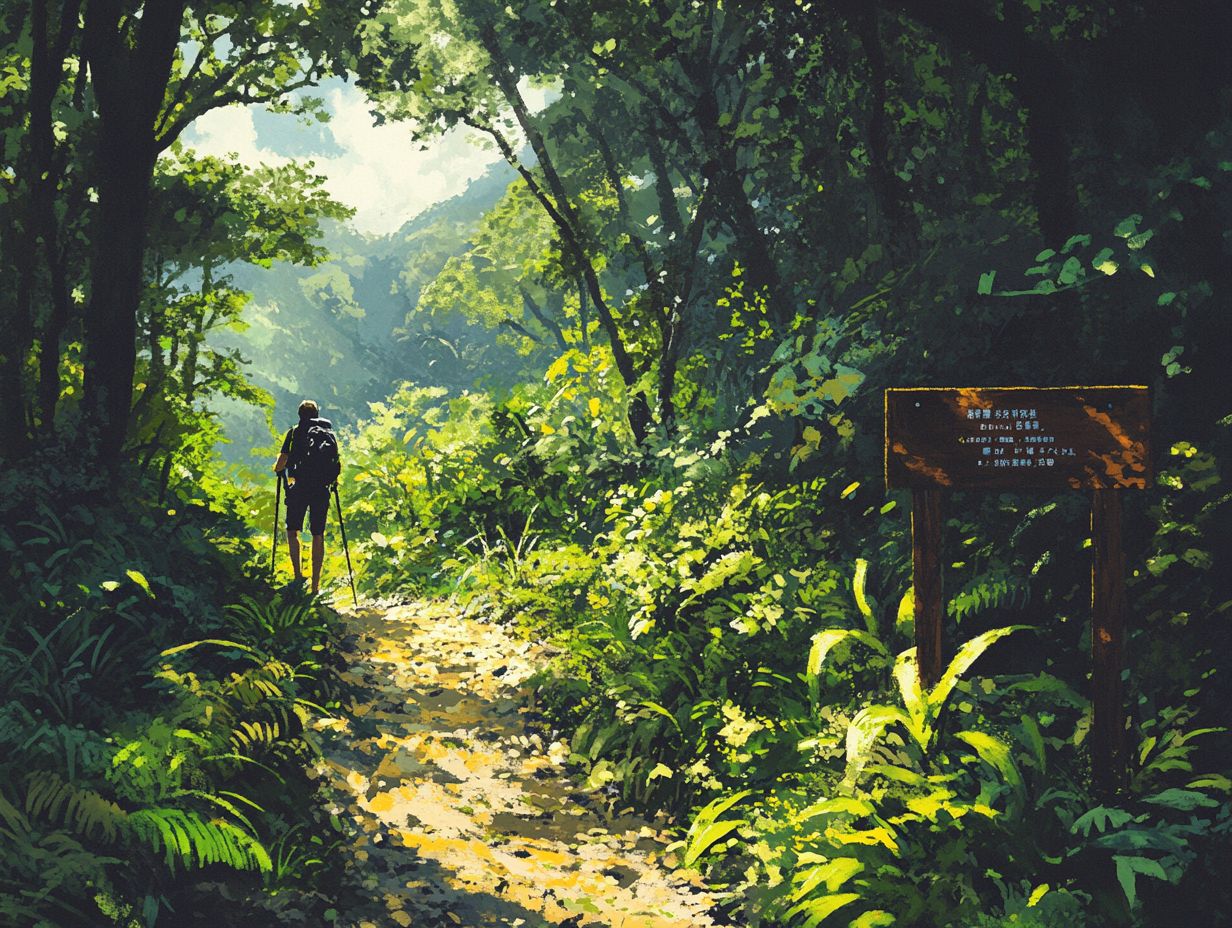
- Always get the necessary permits to respect conservation efforts and preserve the natural habitat.
- Be aware of potential hazards. Practice responsible tourism to minimize your impact on protected areas and their inhabitants.
- Understand the different types of protected areas and their purpose. This appreciation helps you respect the unique ecosystems they protect.
Why Protected Areas Matter
Protected areas, including national parks, wildlife refuges, and nature reserves, are vital for safeguarding nature and living species. They help promote sustainable tourism. These designated spaces ensure that natural landscapes and wildlife are preserved for future generations.
By understanding the purpose of these protected areas, you can appreciate their significance in battling climate change. They also enhance the quality of life for local communities.
These areas also provide valuable educational resources, such as visitor centers and Junior Ranger Programs. These programs encourage environmental stewardship among everyone who visits.
Types of Protected Areas
You ll find a diverse array of protected areas, such as national parks, wildlife refuges, and marine reserves. Each of these spaces conserves unique ecosystems and promotes biodiversity while fostering sustainable tourism practices.
National parks and wildlife refuges are essential parts of the protected areas system. They provide diverse habitats that support wildlife and promote sustainable tourism, benefiting local businesses.
Explore these extraordinary spaces that not only protect endangered species but also preserve fragile ecosystems. They serve as vibrant venues for educational and recreational activities.
You ll find that visitors are often encouraged to embrace eco-friendly practices, such as guided nature walks and wildlife observation. These activities offer unique insights into the local environment. By nurturing a genuine appreciation for nature, these parks play a vital role in fostering a conservation-minded public.
The economic benefits ripple out to nearby communities. Local businesses thrive due to the influx of visitors eager to explore these natural wonders, underscoring the importance of preserving these habitats for future generations.
Rules and Regulations for Visiting Protected Areas
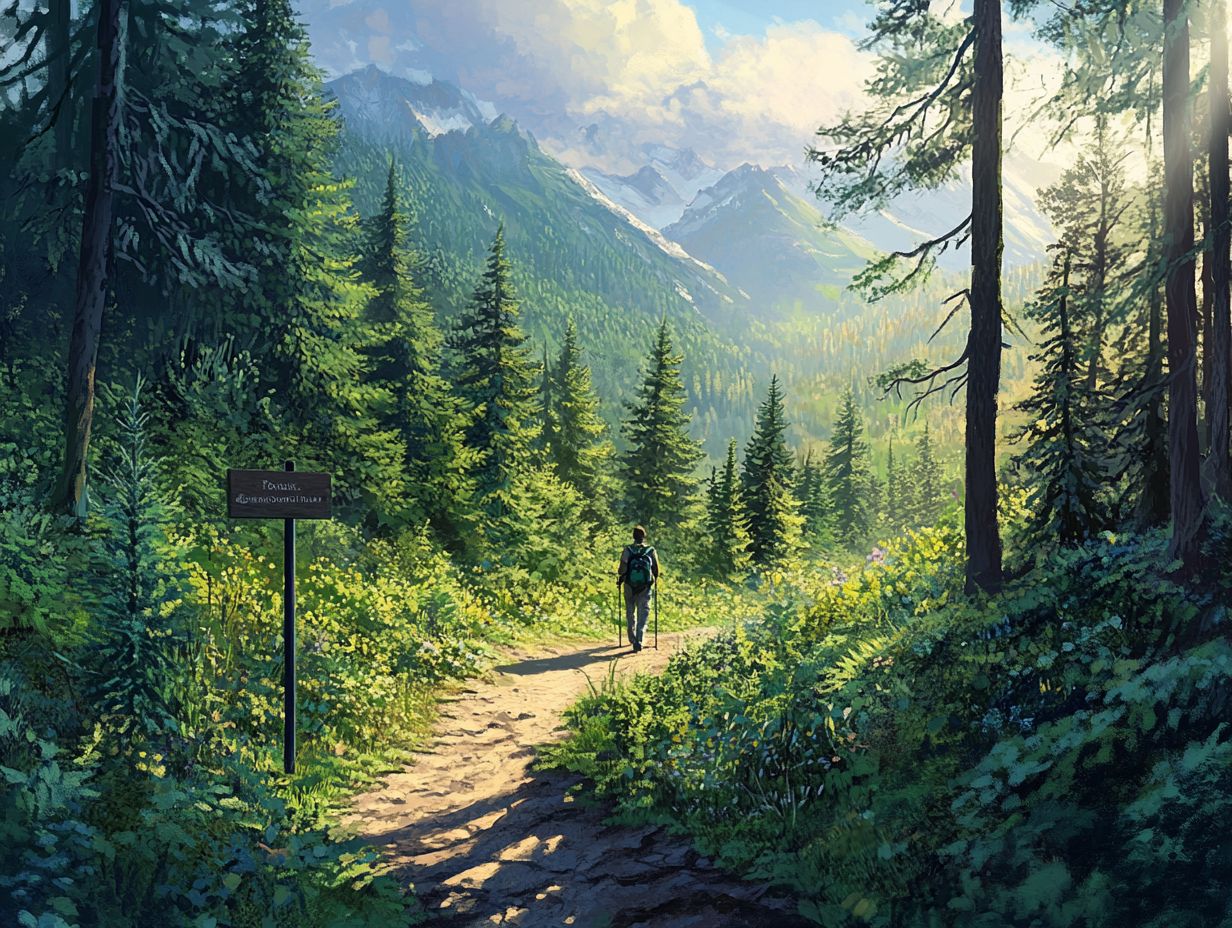
Understanding the rules and regulations for visiting protected areas is crucial for safeguarding wildlife and preserving natural resources. It’s important for you to adhere to entrance fees and utilize park maps.
By actively engaging in conservation activities, you contribute significantly to the well-being of these cherished environments.
Start planning your visit to a protected area today and make a difference!
Permits, Fees, and Restrictions
When planning your visit to protected areas, familiarize yourself with the permits, entrance fees, and restrictions in place. These guidelines protect the environment and enhance your overall experience.
Know what permits you need to camp, hike, or fish. This knowledge shapes your journey. The fees for these permits vary widely, from modest amounts to more substantial charges, depending on the area and specific activities.
Restrictions like group size limits and designated trails conserve local wildlife and habitats. While these costs and regulations may feel inconvenient, they support sustainable tourism, ensuring that natural ecosystems remain intact for you and future generations.
Precautions for Traveling in Protected Areas
Taking precautions while traveling in protected areas is crucial for minimizing your environmental impact and ensuring the safety of both yourself and wildlife.
Follow safety tips and guidelines for traveling with pets. Make a conscious effort to reduce plastic waste. By being mindful, you contribute to the preservation of these precious ecosystems.
Environmental Considerations and Safety Tips
Being mindful of environmental considerations can elevate your experience in protected areas. Follow safety tips to safeguard these unique ecosystems.
As a traveler, you play a vital role in maintaining the delicate balance of these natural habitats. Adopt responsible behaviors around wildlife, keeping a safe distance and avoiding the temptation to feed them. Human interaction disrupts their natural behaviors and diets.
By following the Leave No Trace principle taking everything you brought with you and not disturbing nature you help preserve the beauty and integrity of these areas.
Discover how sustainable tourism enhances your adventure and protects nature. This respect for the environment ensures that future generations can explore and enjoy these incredible places just as you do.
Responsible Tourism in Protected Areas
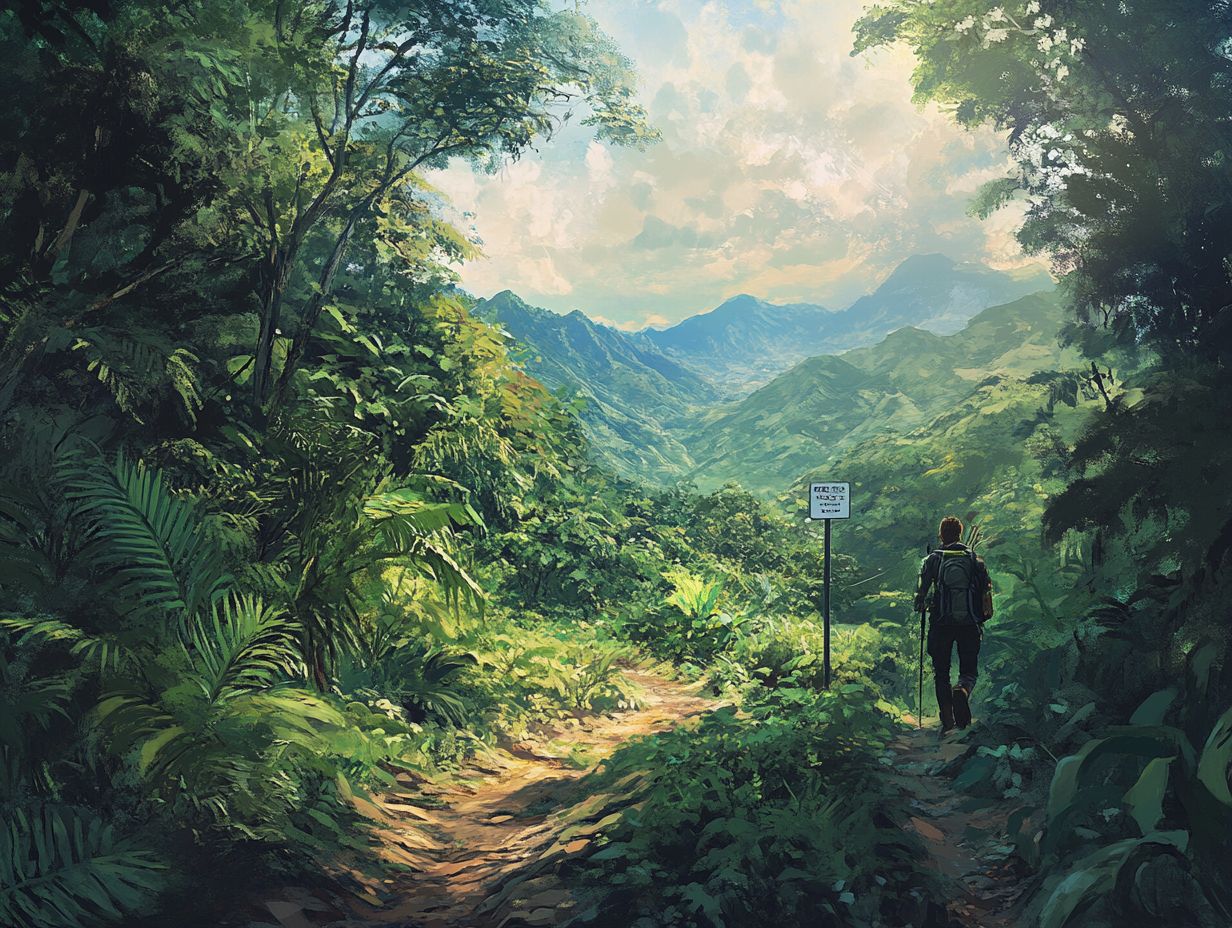
Engaging in responsible tourism within protected areas requires deliberate choices that minimize your environmental impact while uplifting local communities. By adopting travel habits that prioritize eco-friendliness and sustainable accommodations, your adventures can positively contribute to both the planet and the places you visit.
How to Minimize Your Impact
To minimize your impact while visiting protected areas, embrace eco-friendly travel practices, reduce plastic waste, and engage in conservation activities that support the local environment.
Consider using refillable water bottles and shopping bags to cut down on single-use plastics. Stick to designated paths and refrain from disturbing wildlife. This approach helps maintain the delicate balance of local ecosystems and preserves the authentic beauty of the area.
By opting for local guides, you gain valuable insights into sustainable practices and promote environmentally friendly tourism. Supporting local businesses that prioritize conservation ensures that the breathtaking landscapes and diverse wildlife you cherish will thrive for generations.
Frequently Asked Questions
What should I know about traveling in protected areas?
Protected areas are designated by governments or organizations to preserve and protect natural and cultural resources. These include national parks, wildlife reserves, marine sanctuaries, and similar locations. Here are key points for a safe and responsible visit:
- Understand the permits and fees.
- Follow guidelines to protect wildlife.
- Embrace sustainable tourism practices.
Why are protected areas important?

Protected areas play a crucial role in conserving our planet’s biodiversity and cultural heritage. They serve as habitats for numerous species of plants and animals. Additionally, they provide valuable ecosystem services, like clean water and air, which are benefits that nature offers to humans.
These areas help reduce climate change effects and also offer opportunities for education and recreation.
What activities are allowed in protected areas?
The specific activities allowed in protected areas may vary depending on the location and its regulations. Generally, activities such as hiking, camping, wildlife viewing, and certain forms of sustainable tourism are permitted. Some areas may offer guided tours or educational programs.
What activities are not allowed in protected areas?
Activities that may harm the environment or disturb the natural and cultural resources are typically not allowed. This includes hunting, fishing, collecting plants or animals, and littering. Always check the guidelines of the specific protected area you plan to visit before engaging in any activities.
How can I be a responsible traveler in protected areas?
Being a responsible traveler is exciting! Here s how you can help: Follow the rules set by managing authorities and respect the natural and cultural resources. Avoid disturbing or damaging them, leave no trace of your visit, and support sustainable tourism practices.
What should I do in case of an emergency in a protected area?
If you encounter an emergency while traveling in a protected area, act fast and call the right authorities! Always be prepared by carrying emergency supplies and communication devices. Respect wildlife and the environment by avoiding dangerous situations, and follow the safety guidelines provided by the protected area’s management.

